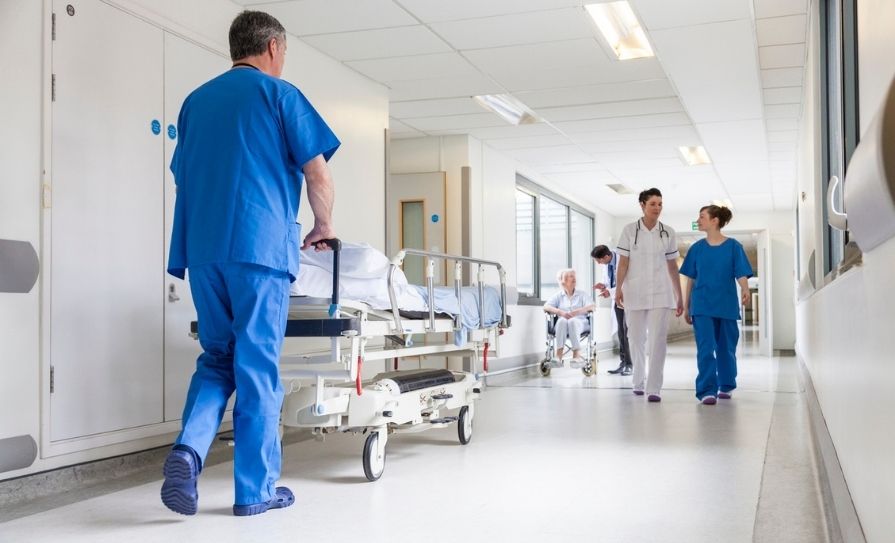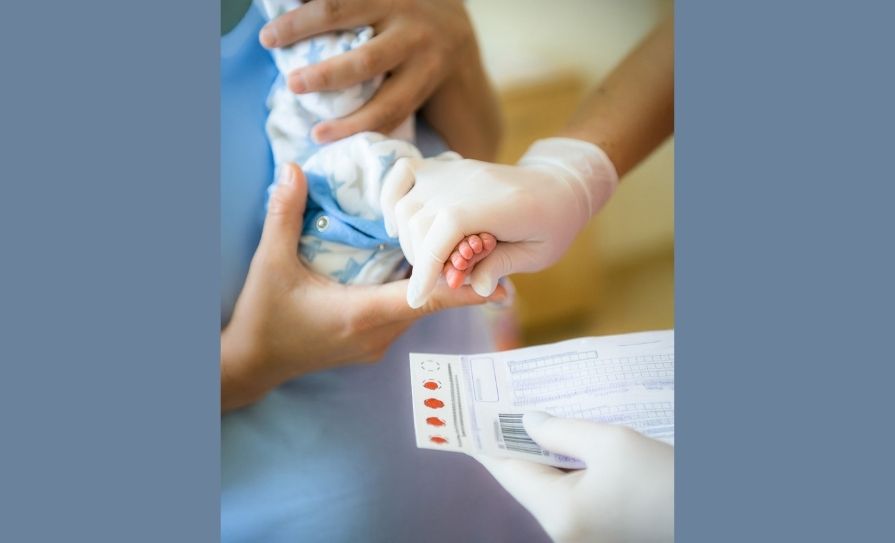Ireland’s rising HIV diagnoses, which have put the country above most of Europe, are in stark contrast to statistics from parts of the UK where diagnoses have decreased among gay men, heard the recent Autumn Meeting of the Society for the Study of Sexually Transmitted Diseases in Ireland (SSSTDI).
A speaker at the meeting, Dr Nneka Nwokolo, Consultant Physician in Sexual Health and HIV Medicine, outlined a significant reduction in HIV diagnoses at the 56 Dean Street Clinic in London, UK.
The clinic prioritised a combination prevention strategy with a strong focus on treatment as prevention, as well as testing. According to Dr Nwokolo, who formerly worked at the clinic and is now a Senior Global Medical Director at ViiV Healthcare, the clinic saw an 80 per cent reduction in HIV diagnoses in gay and bisexual men since 2015.
HIV diagnoses in Ireland are currently higher than during the HIV/AIDS epidemic of the 1980s and 1990s, with one person diagnosed with HIV every 17 hours. Last year, there were 531 new HIV diagnoses, the highest ever recorded.
According to Dr Nwokolo, the reductions seen in London are not due to one single element, but likely a combination of reducing community viral load by targeting high-risk men to facilitate regular repeat HIV testing, and increasing early diagnoses followed by the offer of immediate antiretroviral treatment. Figures published by the Dean Street clinic show that the decline in new infections occurred against a background of an increase in testing in high-risk gay men during 2014 and 2015. In recent weeks, the Irish Government announced the commencement of a HIV pre-exposure prophylaxis (PrEP) programme for people at substantial risk of HIV and who meet the clinical eligibility criteria.












Leave a Reply
You must be logged in to post a comment.